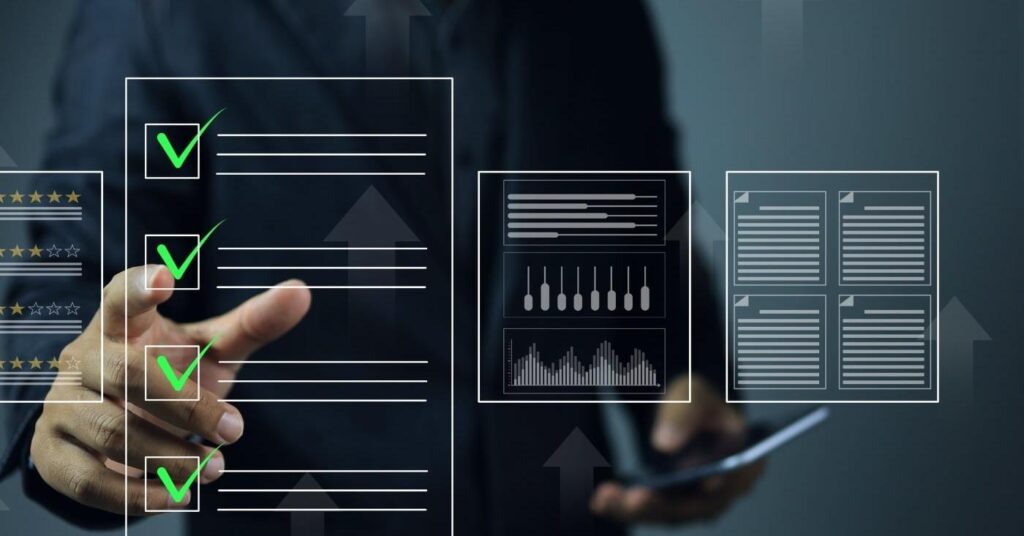Are you curious to know what is vendor reconciliation? You have come to the right place as I am going to tell you everything about vendor reconciliation in a very simple explanation. Without further discussion let’s begin to know what is vendor reconciliation?
In the world of finance and accounting, precision and accuracy are paramount. Maintaining a seamless and transparent financial ecosystem is crucial for any business or organization. One essential aspect of this is vendor reconciliation. In this blog, we will delve into what vendor reconciliation is, why it is essential, and how it streamlines financial processes.
What Is Vendor Reconciliation?
Vendor reconciliation is the process of cross-referencing a company’s financial records with those of its vendors to ensure that they match. It involves verifying the accuracy of financial transactions, invoices, and payments between a company and its suppliers or vendors. This reconciliation process is essential for maintaining financial transparency and for identifying and resolving discrepancies or errors in financial data.
Key Components Of Vendor Reconciliation:
- Invoices and Purchase Orders: Vendor reconciliation typically starts by matching invoices from vendors with purchase orders. This ensures that the goods or services received align with the agreed-upon terms.
- Payments and Accounts Payable: The reconciliation process extends to verifying that payments made to vendors align with the invoiced amounts and agreed-upon payment terms.
- Account Statements: Companies receive account statements from their vendors, summarizing the transactions over a specified period. These statements are cross-referenced with internal records.
- Discrepancy Resolution: When discrepancies or errors are identified, they are documented, investigated, and resolved. This can involve communication with the vendor to correct errors or misunderstandings.
Why Vendor Reconciliation Matters?
- Financial Accuracy: Vendor reconciliation helps maintain the accuracy of a company’s financial records. Discrepancies or errors in accounts payable can lead to financial inaccuracies, which can have a cascading effect on budgeting, forecasting, and financial decision-making.
- Cost Control: Accurate vendor reconciliation ensures that a company only pays for the goods or services it has received and at the agreed-upon prices. It helps prevent overpayment and discrepancies that can lead to financial losses.
- Supplier Relationships: A strong vendor reconciliation process fosters good relationships with suppliers. Timely and accurate payments build trust, which can lead to better terms and long-term partnerships.
- Compliance and Auditing: Many industries and businesses are subject to regulatory requirements and audits. Vendor reconciliation provides a clear audit trail, helping companies demonstrate compliance and financial transparency.
- Cash Flow Management: By reconciling vendor accounts, a company can better manage its cash flow. It helps ensure that there are no outstanding or unexpected liabilities that could impact financial stability.
Implementing Vendor Reconciliation
To implement an effective vendor reconciliation process, companies often use accounting software and systems that automate much of the cross-referencing and data matching. This not only saves time but also reduces the risk of human error. Regular reviews and reconciliation, typically conducted on a monthly or quarterly basis, are standard practices.
Conclusion
Vendor reconciliation is a fundamental practice in maintaining the financial health and transparency of a business. By regularly reviewing and reconciling vendor accounts, companies can ensure that their financial records align with external vendor data. This not only enhances accuracy but also builds trust with vendors and aids in overall financial management. In an era where financial precision is vital, mastering vendor reconciliation is a key component of sound financial practices for any organization.
FAQ
What Is Vendor Reconciliation In Simple Terms?
Vendor reconciliation refers to the reconciliation of a vendor’s account with the statement provided by the vendor. This reconciliation of vendor statements requires matching vendor invoices with the entity’s system.
What Is The Meaning Of Supplier Reconciliation?
Supplier reconciliation refers to the process of reconciling individual supplier balances from the accounts payable ledger with the statement provided by the supplier. A supplier reconciliation statement should contain details of all invoices, credit notes, discounts availed, advances, payments made, etc.
How To Do Vendor Reconciliation In Excel?
What is the Process Of Vendor Reconciliation?
- Step 1: Prefer One Single Statement Template For Suppliers Statement: …
- Step 2: Check The Row Item Correctly: …
- Step 3: Check The Vendor’s Statements: …
- Step 4: Allocate The Discounts And Credit Notes Properly: …
- Step 5: Mark The Mismatched Entries And Clear Them With The Vendors:
What Is Reconciliation And Why It Is Done?
Reconciliation is an accounting procedure that compares two sets of records to check that the figures are correct and in agreement. Reconciliation also confirms that accounts in a general ledger are consistent and complete. Reconciliation can be used for personal as well as business purposes.
I Have Covered All The Following Queries And Topics In The Above Article
What Is Vendor Reconciliation Pdf
What Is Vendor Reconciliation In Sap
What Is Vendor Reconciliation In Accounts Payable
What Is Vendor Reconciliation Process
Vendor Reconciliation Example
Vendor Reconciliation Interview Questions
Vendor Reconciliation Is Categorised Under Which Type Of Reconciliation
Vendor Reconciliation Format In Excel
What Is Vendor Reconciliation
What is vendor reconciliation in simple terms






